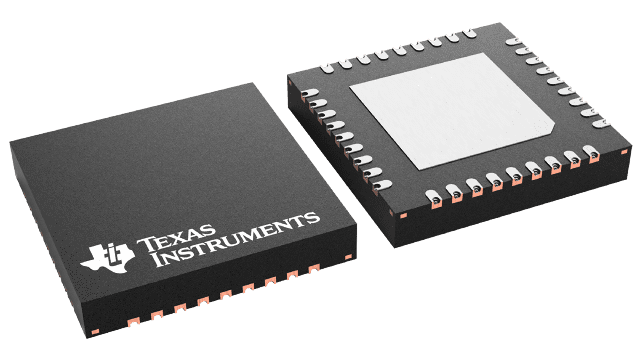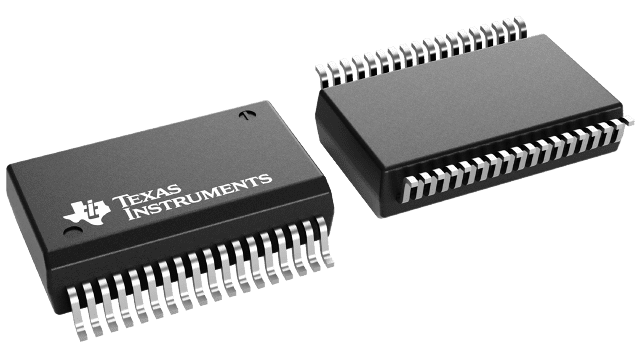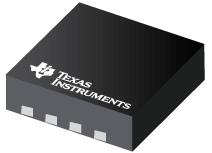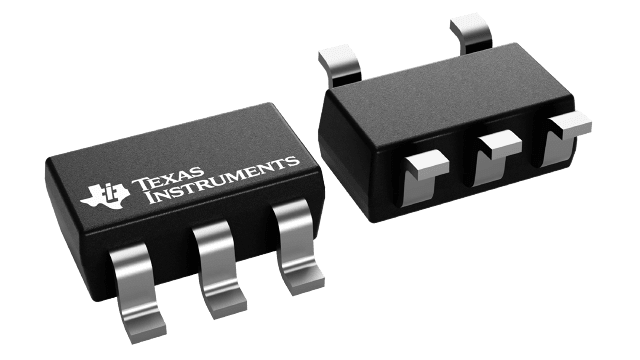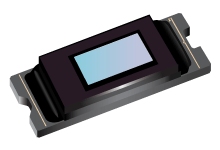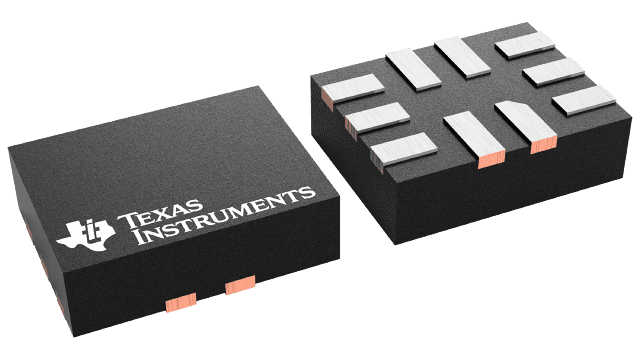Industrial automation in Europe: moving into 2024 with optimism
DigiKey has supported a surge in new product introductions this year in every industry from industrial automation to consumer devices, automotive to medical, and everything in between, driving business across the board. Currently, automation is DigiKey’s fastest growing industry segment and it expects industrial automation to continue to perform very well in Europe throughout 2024.
As a result, the company is looking with a degree of optimism in 2024 for industrial automation across the industry. To that point, here are some trends Eric Wendt, Director of industrial automation at DigiKey, sees continuing as we enter a new year.
Green technology
In Europe, we’re anticipating strong demand for green technology, enabling the transition to reduce carbon footprints. Powering production with alternative energy sources, sustainable operations and more are shaping the next major leap forward for manufacturing. As global demand continues to increase, automation technology has rapidly advanced to keep pace, especially at the intersection of sustainability and efficiency. For us, innovative partnerships with suppliers like Panduit and Schneider Electric illustrate DigiKey’s shared vision of a more sustainable future and ensure our customers have access to the products they need to accelerate progress.
Smart manufacturing
Smart, sustainable manufacturing will continue to lead the conversation in industrial automation. When we look at the world’s total energy consumption, we see manufacturing representing a large percentage of our total energy resources. Manufacturers are in a difficult but unique position that comes with a huge opportunity. Consumers now more than ever demand high-quality, sustainable products manufactured through smart and sustainable practices.
As manufacturers look to be more competitive in getting goods in the hands of these consumers, environmental stewardship is more important than ever before. To add to the complexity, manufacturers continue to face a labor shortage epidemic. In order to meet the demands of the consumer, manufacturers need to be more nimble, more efficient in their processes and constantly looking to improve. We see manufacturers doing this through the use of solar powered microgrids, carbon capture projects, asset monitoring, the use of AI and cloud computing, and many other technologies to meet net zero goals.
Asset monitoring
Asset monitoring is one of the easiest, most effective ways to introduce automation on the factory floor. Manufacturers today, whether they are just beginning their journey into automation or have a state of the art, fully automated factory, need to maintain their equipment. This is by no means a new problem. Manufacturers need to protect their assets and minimize downtime. In the past, this meant scheduled maintenance plans that meant taking production lines offline to maintain compressors, tooling machines, motors, etc. Today, we can do it all with the ease of a tablet.
The integration of IIoT onto the factory floor has enabled manufacturers to communicate with their assets in real time. If a motor is vibrating out of spec, they can address it immediately reducing downtimes, costly repairs or replacements, and still maintain production levels. This also helps in reducing energy consumption greatly.
The introduction of 5G has made asset monitoring even more achievable. By adding a wireless component with reliable, high-speed, machine to machine communication, manufacturers can monitor every machine on the floor without the need to run more wire into sometimes very difficult to reach locations. The end result is the ability to take older factories and bring them into Industry 4.0.
Artificial intelligence (AI)
The introduction of AI has really taken the entire world by storm. It’s all around us and it has now made its way into industrial automation. We are seeing it being utilised to program PLCs, robotics, make accurate forecasts on production scheduling and much more.
Over the past couple of years, we have been seeing digital twin becoming more and more utilised across factory floors. Digital twin gives the manufacturer the ability to accurately view their entire floor in a simulated environment. This allows the manufacturer to see how changes in programming, would affect real world production. It also reduces design cycle time, testing and improves outcomes.
Adding AI can enhance the accuracy and realism of digital twins by using computer vision, machine learning and deep learning to analyse data from sensors, cameras, and other sources. AI can also generate realistic 3D models of physical objects and environments using generative adversarial networks (GANs) and other techniques. It can enable digital twins to run simulations and scenarios to optimise performance, efficiency and sustainability. AI can also help digital twins to learn from their own experiences and adapt to changing conditions, along with providing insights and recommendations based on the data and outcomes of the simulations.
To support the innovation growth and accelerate progress for engineers and designers in 2024 and beyond, DigiKey will continue to make investments in more robust and predictive web search functionality, higher inventory levels and increased automation in the DigiKey warehouse, which all benefit our customers by providing an easy and efficient research, shopping, and delivery experience. By offering the newest technologies and components used to build machines and devices, along with robust online tools and resources, DigiKey helps propel industries like healthcare, automotive, energy, 5G, and IoT into the future.



